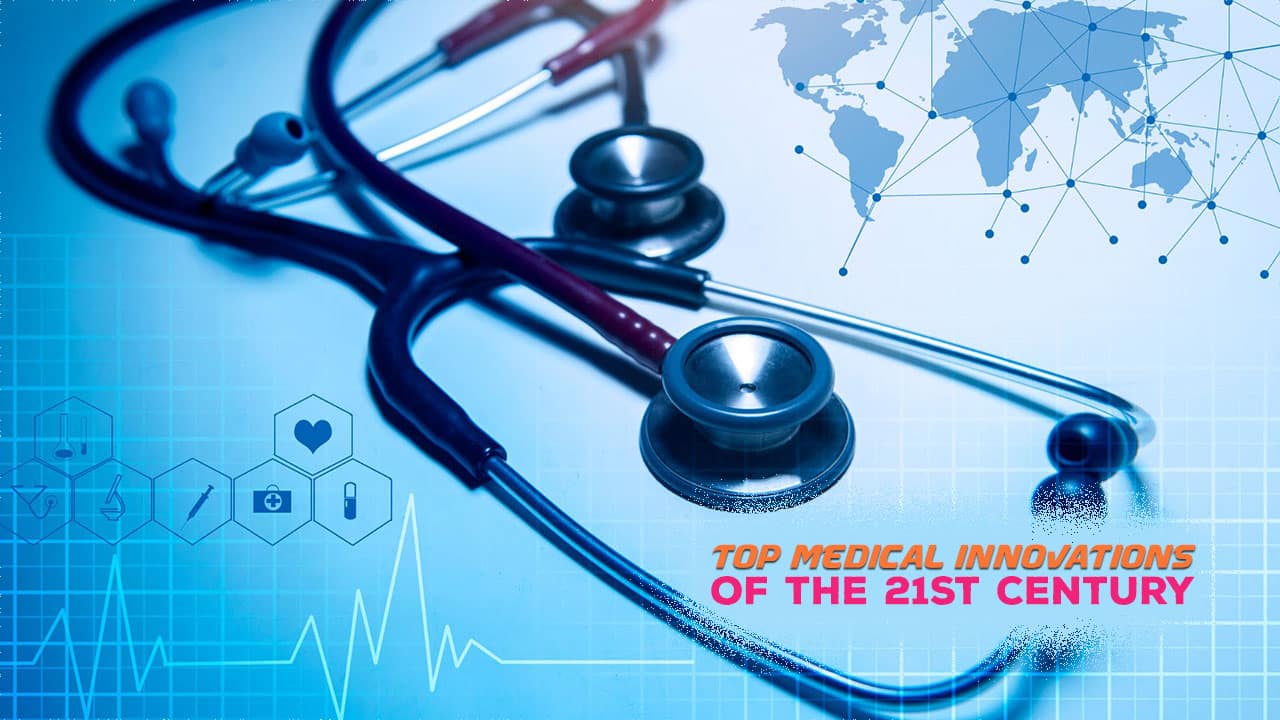The healthcare industry worldwide faces severe and worsening staffing shortages. This crisis has been driven by an aging population, workforce retirements, staff burnout, and the impacts of the COVID-19 pandemic. Healthcare systems now grapple with critical understaffing across roles like nurses, physicians, technicians, and administrative personnel. The shortages have reached unsafe levels that prevent healthcare organizations from meeting patient demand and providing timely, quality care. The situation continues to deteriorate – a recent study predicts a shortage of over 10 million healthcare workers globally by 2030.
Without intervention, these staffing gaps will threaten patient outcomes, increase medical errors, lower staff morale, and raise costs from measures like overuse of overtime and locum tenens. However, technological innovations provide data-driven solutions that can enable healthcare systems to optimize their constrained workforces. Technologies are emerging to assist with locum tenens management, telehealth, workforce planning, clinical decision support, and more. Adoption of these technologies will be a key strategy for healthcare organizations worldwide to maintain operations and quality of care despite limited human resources.
Streamlining Locum Tenens Management
One major area where technology is making an impact is in streamlining locum tenens management. Locum tenens are temporary healthcare providers who fill in for staff shortages. Managing and coordinating options for locum tenens management has traditionally been an administratively burdensome task. Technologies like automated vendor management systems are transforming this process by simplifying scheduling, credentialing, payment, and performance tracking for locum tenens. These systems tap into large national networks of qualified providers and use data analytics to match them to facilities’ needs. This reduces the time and resources organizations must spend on locum tenens management, ensures compliance, and enables access to on-demand flexible staffing.
Expanding Access Through Telehealth
Telehealth and telemedicine technologies are also expanding access to healthcare services despite workforce limitations. Patients can conveniently consult remote providers via video and audio calls, chat platforms, and mobile health apps. Care can be provided effectively for many minor acute conditions, chronic disease management, and mental healthcare without requiring in-person visits. Telehealth allows providers to maximize their availability and increase patient reach. Additionally, remote patient monitoring tools facilitate the care of patients outside clinical settings, further optimizing constrained personnel resources.
Optimizing Staff Planning and Scheduling
Workforce management technology provides data-driven insights to improve staff planning and scheduling. By analyzing past trends and forecasting demand, healthcare facilities can better align staffing levels with predicted patient volumes. Workforce management systems also include automation for scheduling shifts, on-call rotations, and vacation time based on staff availability and hospital policies. This promotes efficient, equitable staff time management. Fatigue management components further enhance patient safety by identifying and mitigating clinician burnout risk.
Technology presents immense potential to enable healthcare systems to safely and effectively operate during this era of unprecedented staffing shortages. Solutions like telehealth, automated locum tenens management, workforce analytics, and clinical intelligence tools can optimize limited personnel resources to maintain access, quality, and positive outcomes for patients. However, technology alone cannot fully resolve the healthcare staffing crisis.
Addressing factors like poor working conditions, uncompetitive compensation, and a lack of diversity and inclusion will also be critical to recruit and retain staff long-term. Still, appropriate adoption of technological capabilities will be a key element of any successful strategy to strengthen healthcare workforce resilience. Healthcare organizations that leverage data-driven tech innovations while pursuing positive systemic reforms will be well-positioned to manage shortages now and into the future.













































